ESA pursues a shared European vision for the future of space transportation
Thursday, 16 June 2022 05:00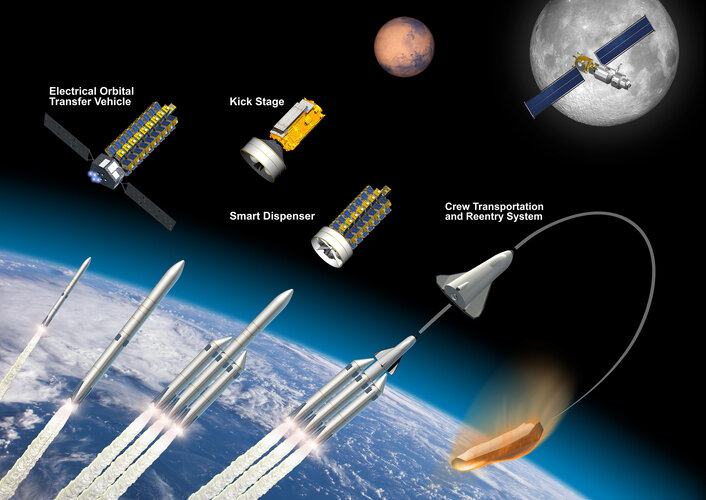
As the European Space Agency prepares to begin operations of its next-generation Vega-C and Ariane 6 launch systems complemented by the reusable Space Rider orbital transportation system, work is underway to define the future of European space transportation capabilities for the coming decade and beyond.
D-Orbit charts ambitious course for space logistics business
Wednesday, 15 June 2022 22:33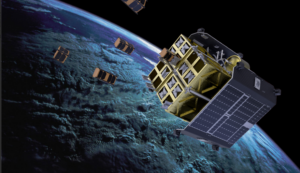
D-Orbit has ambitious plans to offer a wide variety of satellite services from active debris removal to space-based cloud computing.
The post D-Orbit charts ambitious course for space logistics business appeared first on SpaceNews.
Fourth SLS countdown test set for June 20
Wednesday, 15 June 2022 22:28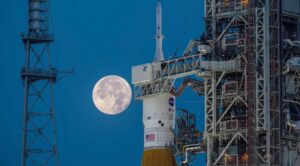
NASA is gearing up for a fourth attempt to perform a fueling test and practice countdown of its Space Launch System ahead of a launch now no earlier than the latter half of August.
OneWeb tests inflight connectivity on Boeing 777
Wednesday, 15 June 2022 20:39
OneWeb said June 14 it successfully tested high-speed services on a commercial airliner last month using its low Earth orbit network.
The post OneWeb tests inflight connectivity on Boeing 777 appeared first on SpaceNews.
House appropriators approve funding increase for DoD, support space programs
Wednesday, 15 June 2022 19:53
The House Appropriations Committee’s defense subcommittee on June 15 approved by voice vote a defense funding bill for fiscal year 2023.
The post House appropriators approve funding increase for DoD, support space programs appeared first on SpaceNews.
ESA and NASA to cooperate on Earth science and lunar mission
Wednesday, 15 June 2022 18:03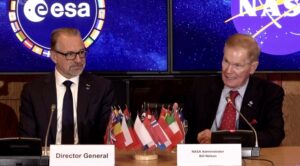
NASA and the European Space Agency announced agreements to cooperate on Earth science and a lunar mission June 15, but agency leaders said they’re still discussing more substantial cooperation on the Artemis program and Mars exploration.
Op-ed | A new way to incentivize safer conditions for operating in space
Wednesday, 15 June 2022 17:50
The importance of space sustainability for the long-term equitable and accessible use of space has been internationally agreed upon for decades. However, in this rapidly evolving tech sector, a shift is needed in how actors pursue sustainability and the ways in which sustainability practices are measured.
Retired four-star general John Hyten joins Blue Origin as strategic advisor
Wednesday, 15 June 2022 17:00
Blue Origin announced June 15 that former vice chairman of the Joint Chiefs of Staff John Hyten, will join the company as executive director of the firm’s Club for the Future foundation and as a strategic advisor.
NASA will fly your name around the moon on historic mission. Here's how to sign up
Wednesday, 15 June 2022 15:26
Space travel is clearly for astronauts and the super rich, but NASA has found a way the rest of us can claim our spot among the cosmos.
"You can send your name to the Moon," agency officials wrote in a June 12 Facebook post.
"How? Sign up to get your boarding pass and join the nearly 3 million 'passengers' flying around the Moon aboard #Artemis I this year."
Names can be added to the list by visiting Nasa.gov/wearegoing.
NASA says the names of all 3 million "passengers" will circle the moon on a flash drive aboard the Orion spacecraft and the trip will cover 1,300,000 miles.
While that definitely qualifies as cheap seats, the occasion will be historic at multiple levels.
NASA says the uncrewed Artemis I qualifies as our first step toward building "a long-term human presence at the Moon for decades to come."
"The flight paves the way toward landing the first woman and the first person of color on the Moon!" NASA reports.
"We will collaborate with commercial and international partners and establish the first long-term presence on the Moon.
New maps of asteroid Psyche reveal an ancient world of metal and rock
Wednesday, 15 June 2022 15:18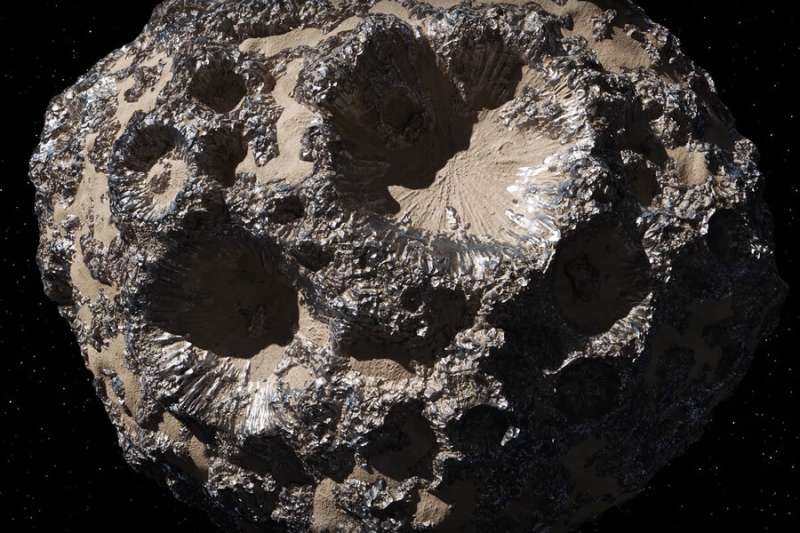
Later this year, NASA is set to launch a probe the size of a tennis court to the asteroid belt, a region between the orbits of Mars and Jupiter where remnants of the early solar system circle the sun. Once inside the asteroid belt, the spacecraft will zero in on Psyche, a large, metal-rich asteroid that is thought to be the ancient core of an early planet. The probe, named after its asteroid target, will then spend close to two years orbiting and analyzing Psyche's surface for clues to how early planetary bodies evolved.
Ahead of the mission, which is led by principal investigator Lindy Elkins-Tanton, planetary scientists at MIT and elsewhere have now provided a sneak peak of what the Psyche spacecraft might see when it reaches its destination.
Op-ed | Protecting the Health, Safety, and Comfort Of Civilians in the Commercialization of Space
Wednesday, 15 June 2022 15:01
Until recently, with several exceptions, the only travelers in space have been career astronauts. Most stakeholders envision that space will be populated in the coming decades by average civilians who will travel, live and work in space.
The Road to CM22 – Europe’s Space Ambition
Wednesday, 15 June 2022 15:00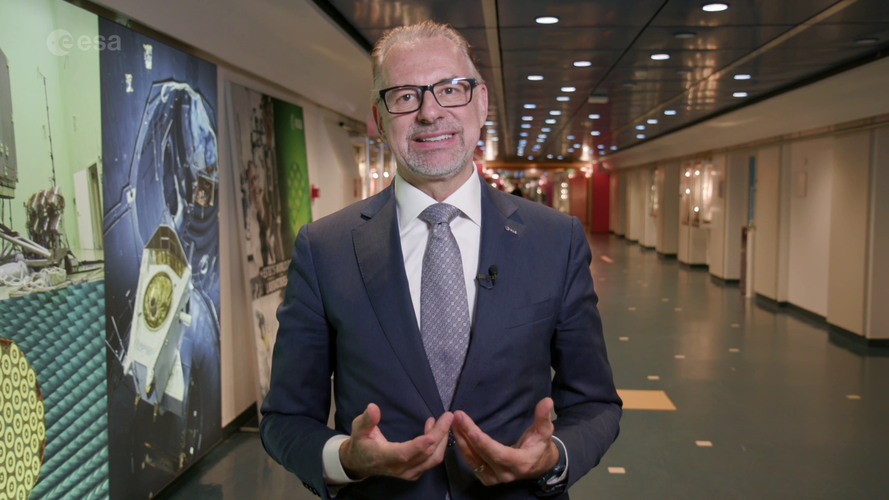 Video:
00:02:03
Video:
00:02:03
ESA’s Council at Ministerial level will take place in November 2022, a crucial milestone as Europe sets out its ambitions and plans for space activities in the coming years and decades.
NASA, ESA discuss sending first European to moon
Wednesday, 15 June 2022 14:15
The European Space Agency and NASA on Wednesday talked up the prospect of putting the first European on the moon, as they signed a deal strengthening collaboration for future lunar exploration.
The space agencies had already agreed that three European astronauts would fly on the Orion spacecraft to NASA's Gateway, a space station that will orbit the moon as part of the Artemis program.
Now it seems one of those astronauts will go a step further.
"We look forward to having an ESA astronaut join us on the surface of the moon and continuing to build on our longstanding, critical partnership," NASA Administrator Bill Nelson said after attending an ESA council meeting in the Netherlands.
"NASA is counting on cooperation with ESA to propel exploration of the moon through the Artemis program," Nelson said in a statement, adding that "the European Service Module is the powerhouse of the Orion spacecraft".
The agencies also signed a deal on the Lunar Pathfinder, a planned communications satellite being built by British firm SSTL.
Iran says rocket launch coming after photos show preparation
Wednesday, 15 June 2022 12:04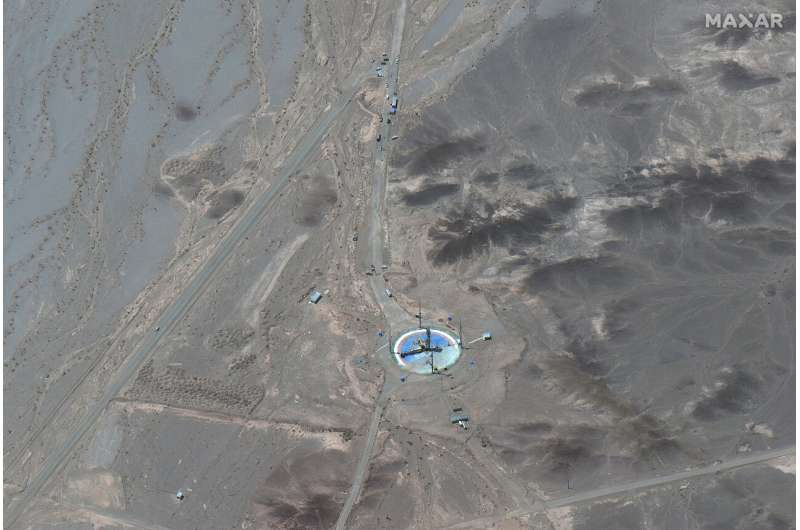
FAA requires SpaceX to make environmental changes to Starbase in Texas
Wednesday, 15 June 2022 11:52 The Federal Aviation Administration on Monday said SpaceX will be required to make more than 75 changes to the orbital launch program at its Starbase launch site in Texas after determining there would be some environmental impacts to the surrounding area.
Elon Musk's SpaceX must obtain either an experimental permit or a vehicle operator license from the FAA for Starship and Super Heavy
The Federal Aviation Administration on Monday said SpaceX will be required to make more than 75 changes to the orbital launch program at its Starbase launch site in Texas after determining there would be some environmental impacts to the surrounding area.
Elon Musk's SpaceX must obtain either an experimental permit or a vehicle operator license from the FAA for Starship and Super Heavy 
